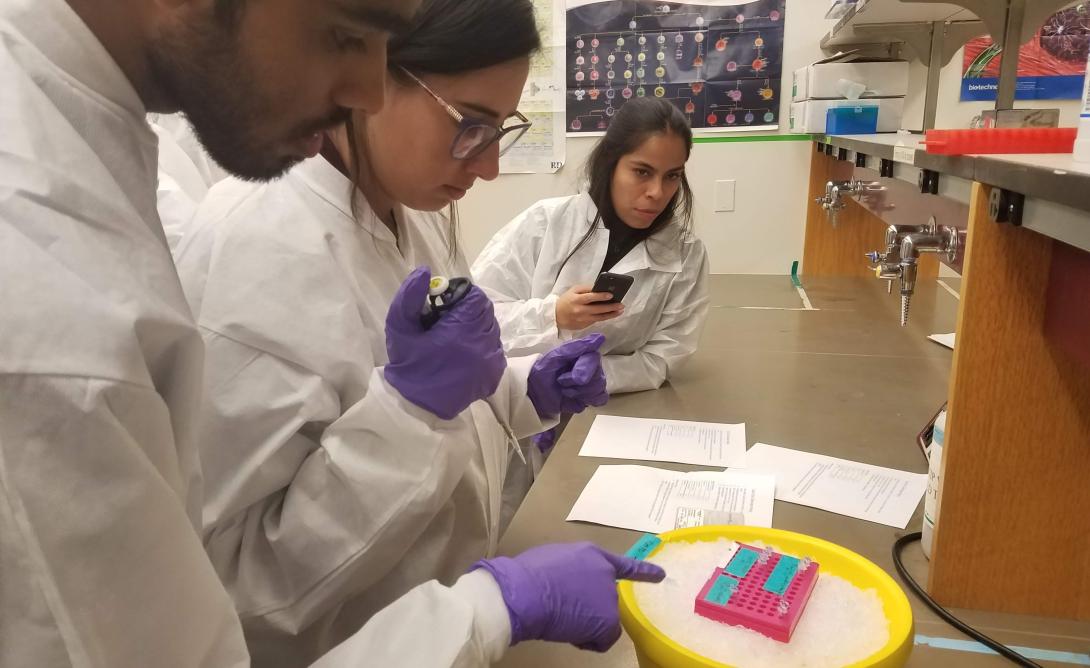Biology and biotech are exciting frontiers. As a makerspace I see it as our obligation to make exciting areas of technology more approachable by providing tools and experiences. For this reason our makerspace has been interested in becoming involved in the Community DIY Bio Movement. We have hosted an informational session on bio hacking, started a bio slack channel and have some existing bio related activities happening through brewing on HERMS, the Growing Beyond Earth Contest and our burgeoning effort to grow kambucha leather. I have been interested in what a bio lab would look like at MakeHaven. So I was very interested when David Kong presented at the Nation of Makers Conference, with an invitation for emerging community based bio labs to apply to participate in the Global Community Bio Summit.
I applied and was accepted, although I had some apprehension that I would find myself over my head and able to offer little to these community biologists. My experience was quite the opposite of my fears. Not only were all the participants welcoming and friendly, but there was strong enthusiasm for what benefits could be derived by closer collaboration with makerspaces. Often biological projects need to fabricate, or repair lab equipment, a task for which makerspaces could be of significant assistance. Further, the attendees were primarily doing art and citizen science projects that should be approachable and exciting to makers.
There was far too much content in the conference to catalog in a single blog entry, however I did capture some exciting experiences through photos in order to excite and inspire MakeHaven members interested in expanding our community bio work. As these observations might be of interest to folks outside MakeHaven membership in New Haven and at other makerspaces I am sharing some highlights from my experience.
Agar Art
Is a simple activity, of putting something that grows in a design on a dish. Agar is the material in the dish which the design grows in, and can be made from various commonly available materials (example recipe). On this growing medium we use paint brushes to apply bacteria that produce bright colors as they grow. In the laboratory workshop that I took we had 5 colors to work with, including one that was fluoresent in ultraviolet light. The particular bacteria that we used were E Coli strains selected for their expression of color. I was told E Coli was chosen because there are good color options, the different strains grow at similar speed and we can use a laboratory variety of the bacteria with little risk of bothering your digestive tract. It is also worth noting before the lab activities we took a basic biosafety practices orientation, and handled the E Coli with care. I chose to draw MakeHaven logos, which I figured I could use for promoting this activity if we choose to replicate it at MakeHaven.
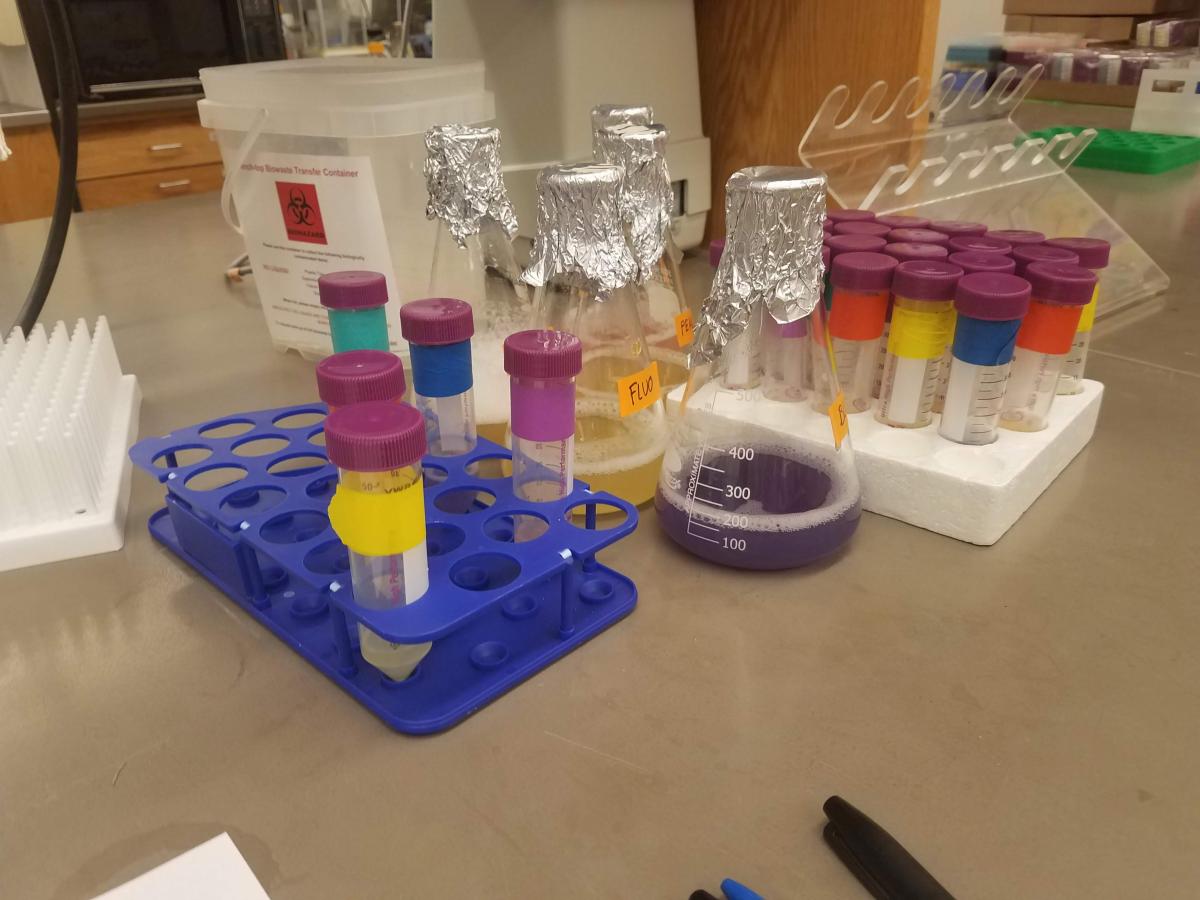
Bacteria of different colors in solution become our paint.
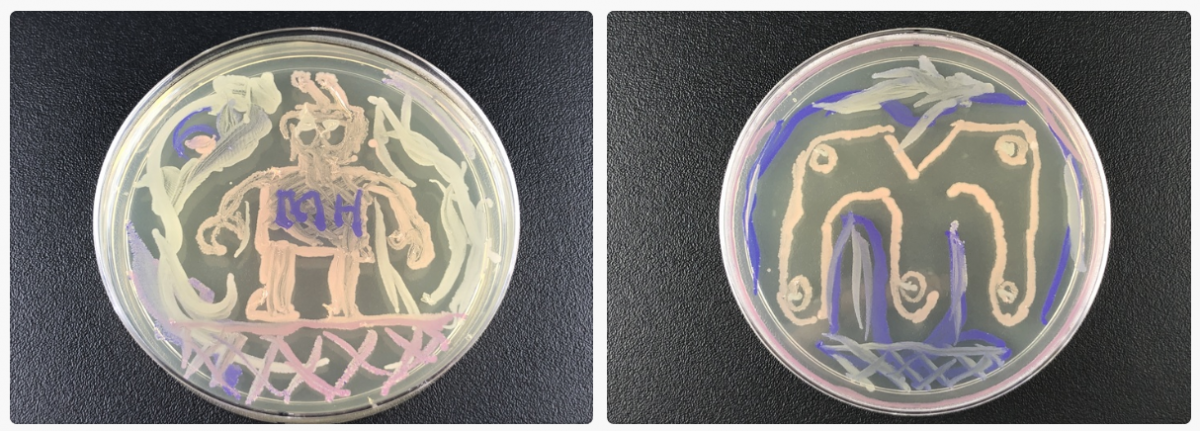
Bio Materials
There are a wide range of bio materials. Really, a bio material is a wide area of materials, it is anything that can be grown, technically this includes things we are familiar with like cotton. In this case we are really looking at novel new biological and microbiological produced materials which can be used to replace products which have an ethical or environmental cost such as leather or foam. In the case of leather there are many different recipes that people have used to achieve different results in the texture, flexibility and durability of these materials. I could see these being exciting to our textile group, perhapse eventually we will be participating in Fabricademy using some of these materials. This is an area that many makerspaces can explore with supplies gathered from common household supplies.
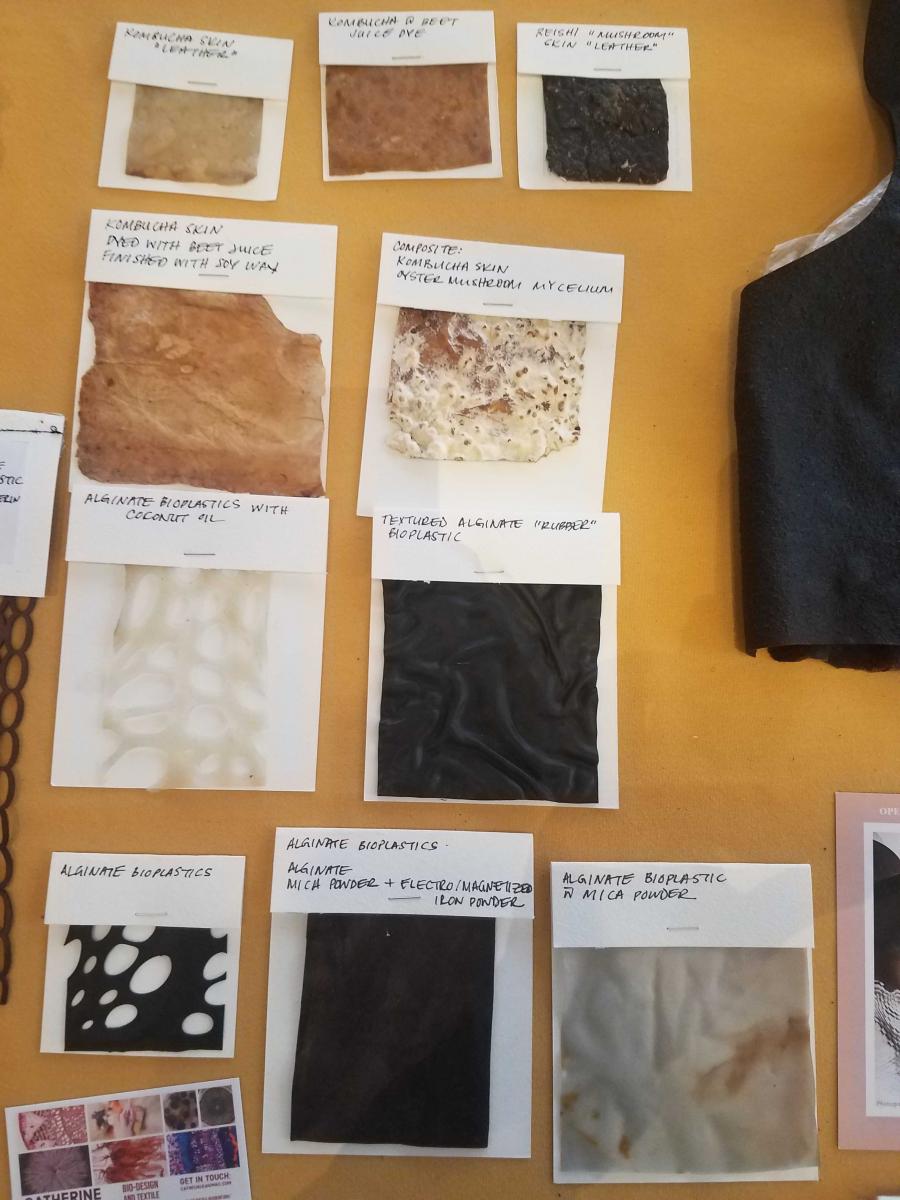
  |
Video of touching different fabric like bio materials.
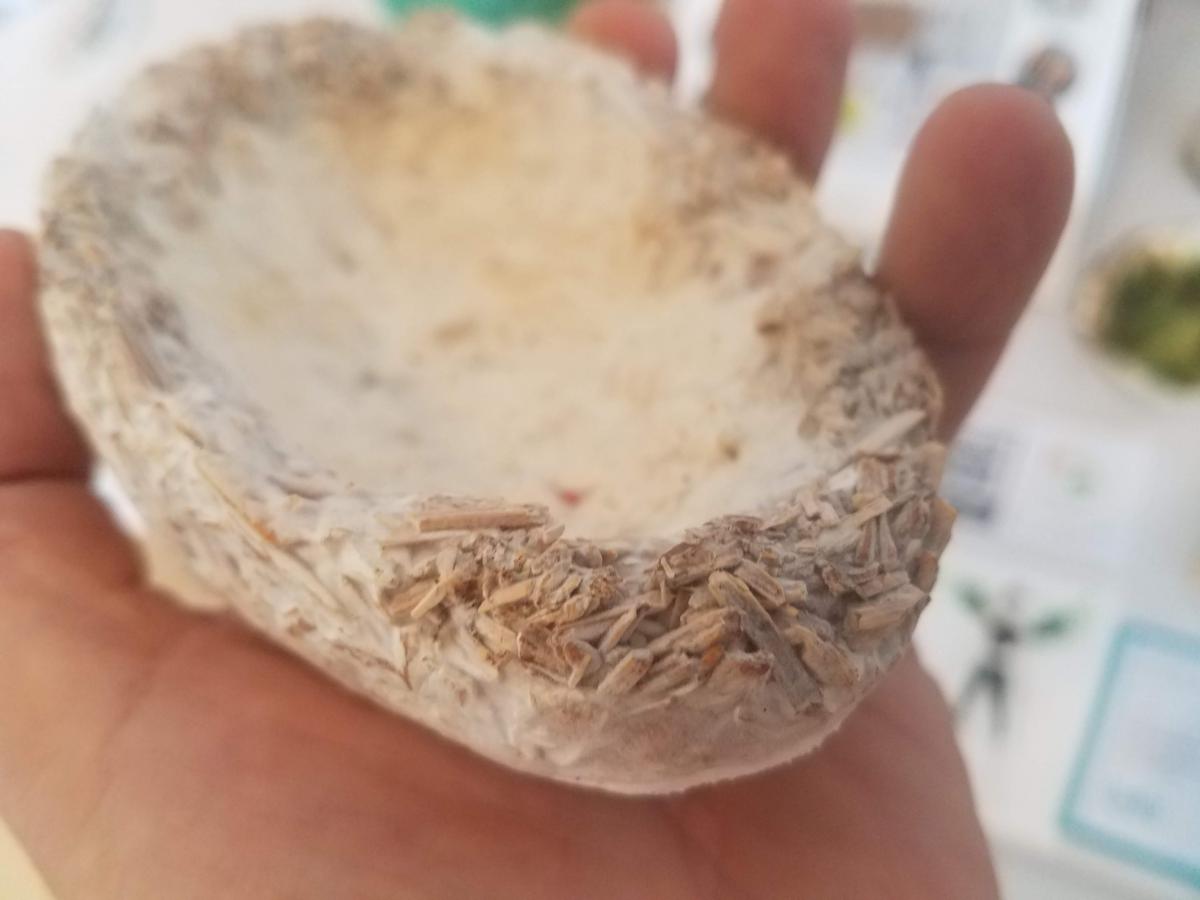
Foam like material created by letting mushroom roots (mycelium) conect materials like woodchips.
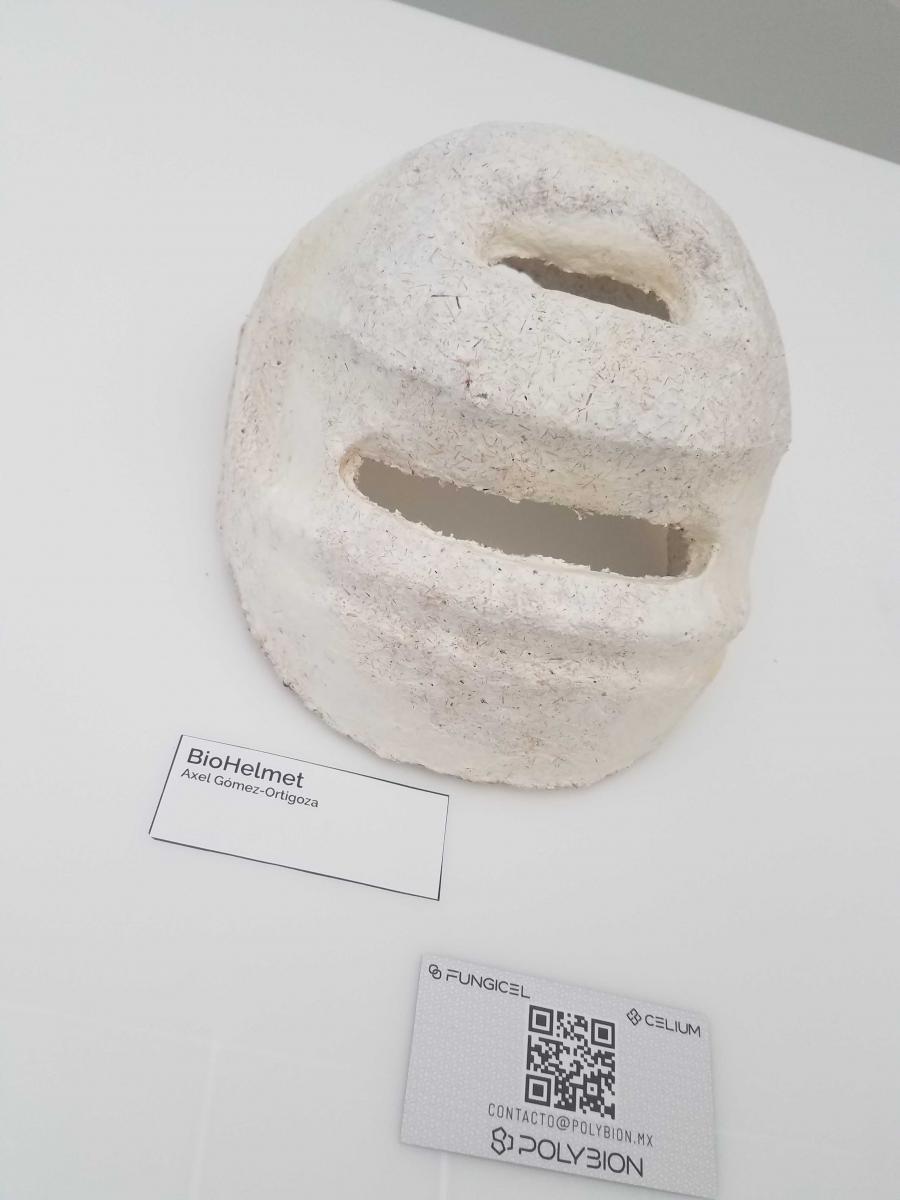
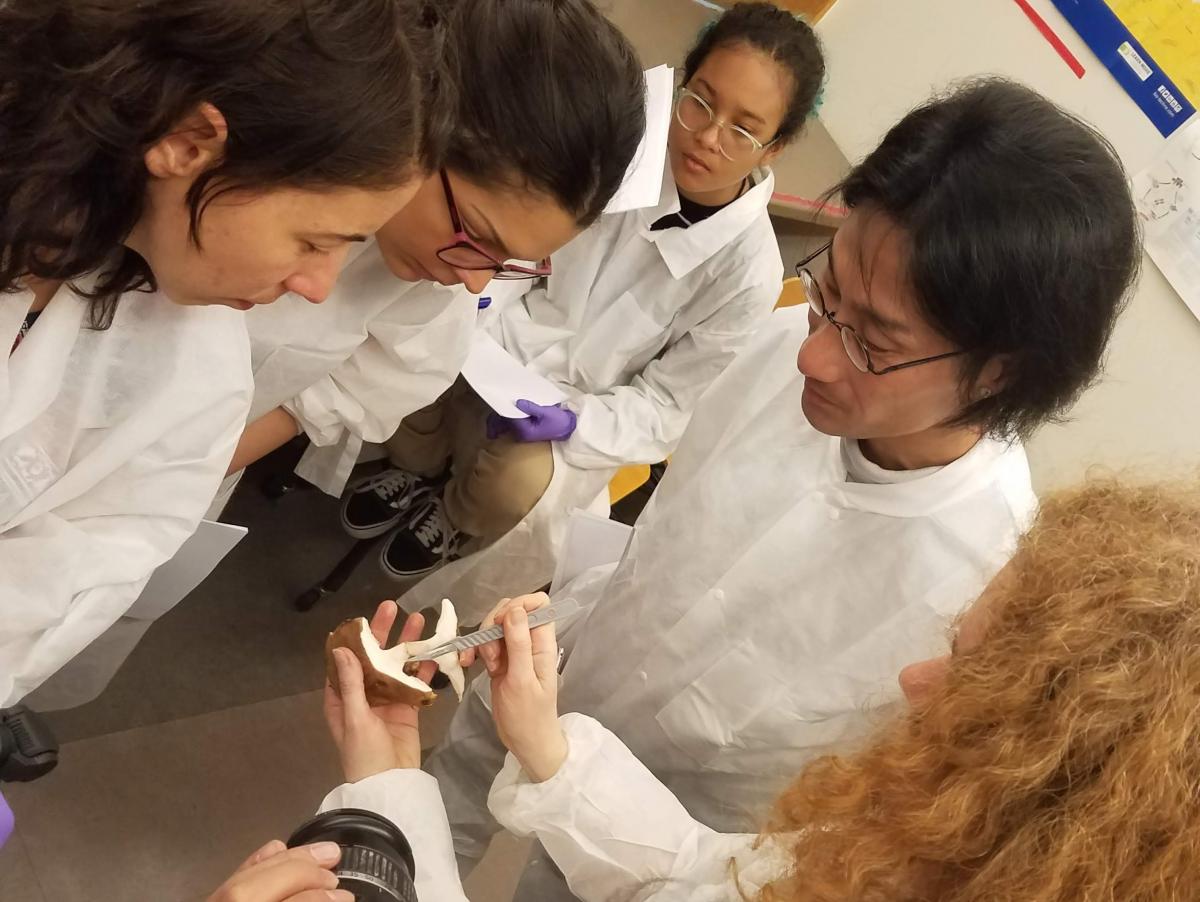
Lesson on selecting a part of a mushroom to propagate in a petri dish (instructions).
BosLab
It was informative to see an independent community bio lab, and fun to experience it through the BosLab welcome party. The space was broken into two parts with a separating divider. One part lab and the other part social hangout/workshop area. The membership is $50per month and it had the feel of a typical smaller community makerspace, just with biology oriented equipment. In the lab area you could see they were utilizing lots of donated and cast off equipment from local universities and businesses.
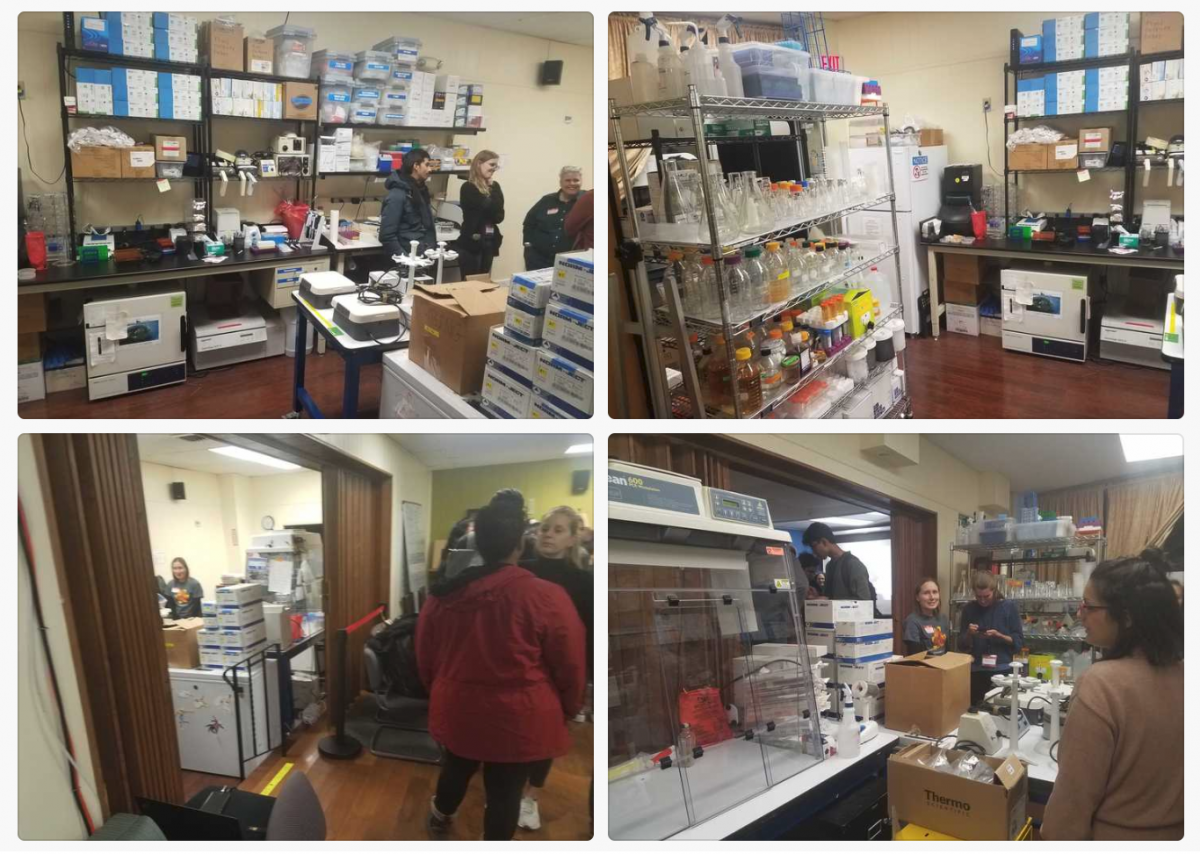
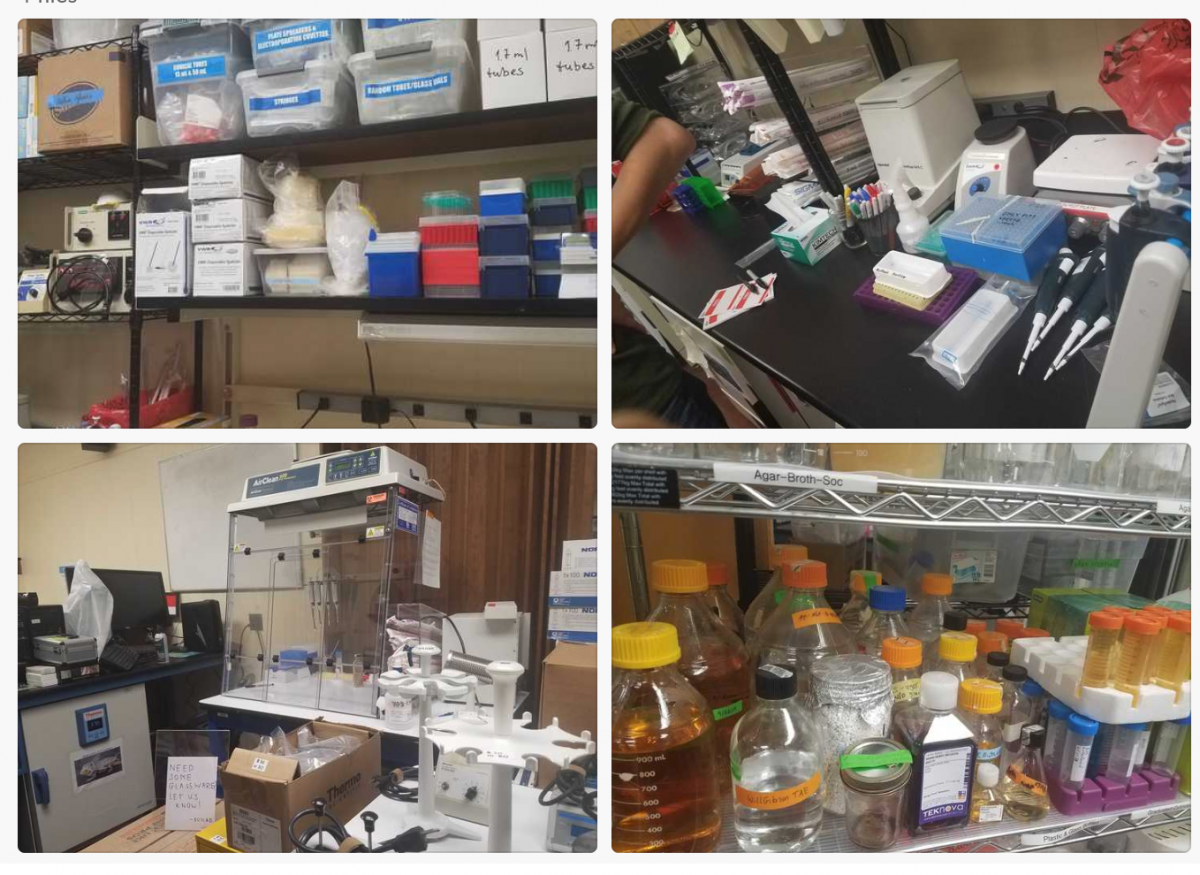
Crisper
A capstone experience was to get to work with Crisper, the often talked about enzyme used to engineer dna. Our task was only one small part (doing a targeted slice of a DNA strand) of what would be a longer more involved process to modify DNA. Our instructors set everything up to minimize the opportunity for error, and then had us use micropipettes to combine the material as instructed.
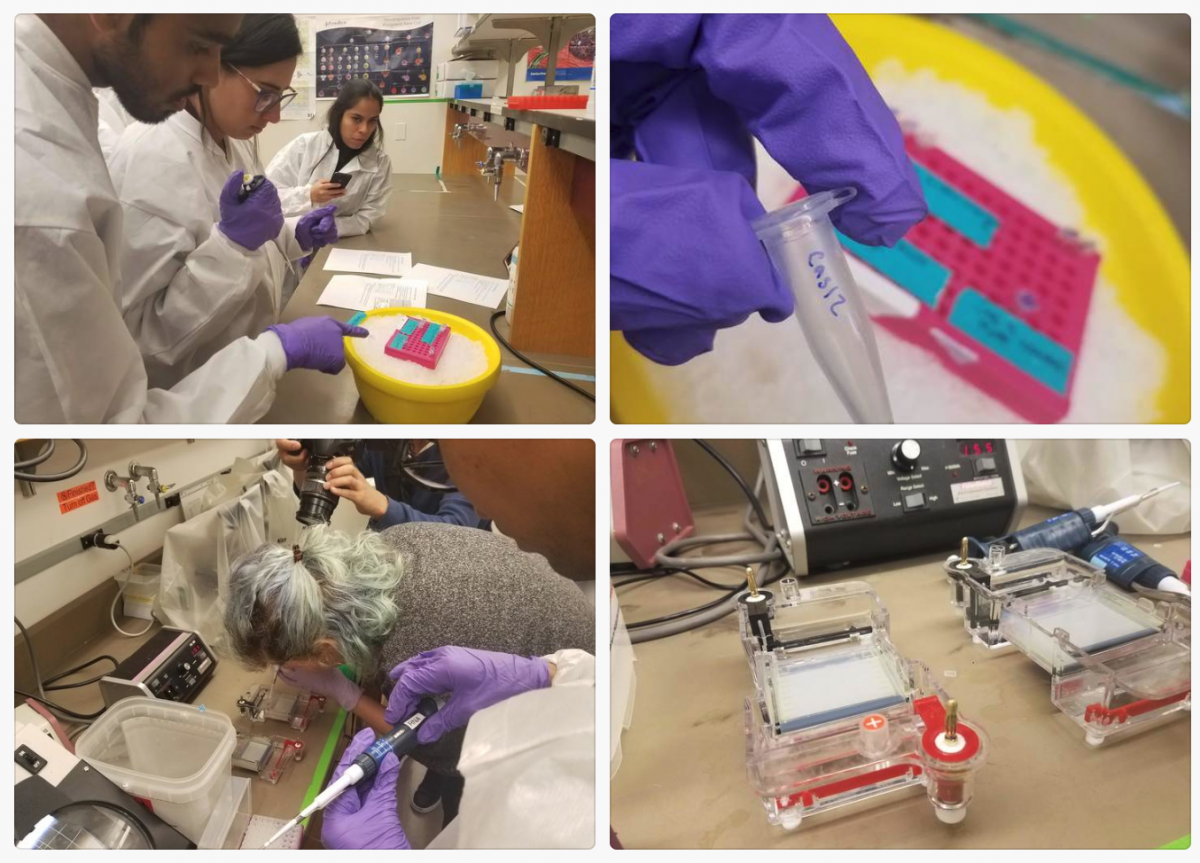
Above our lab group following the steps to use crisper.
Below the results showing limited success. The ladder is used for reference.
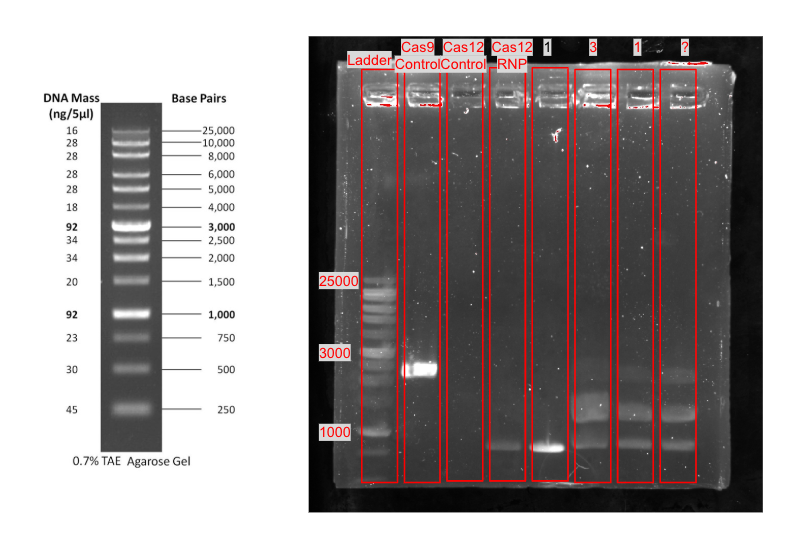
Conclusions
I left the conference with a much clearer vision of what kind of community bio spaces we could build up within MakeHaven and some practical experience for how we can conduct programing. Because we have a strong textile group already I expect there will be strong interest in exploring the production of bio materials. Both Agar art and many bio materials can be created without a dedicated lab or special equipment, so may be a good way to start building a community of interest within MakeHaven. As our capabilities and knowledge increase we can collaborate with some of the large scale citizen science projects that are happening within the community bio lab network.

